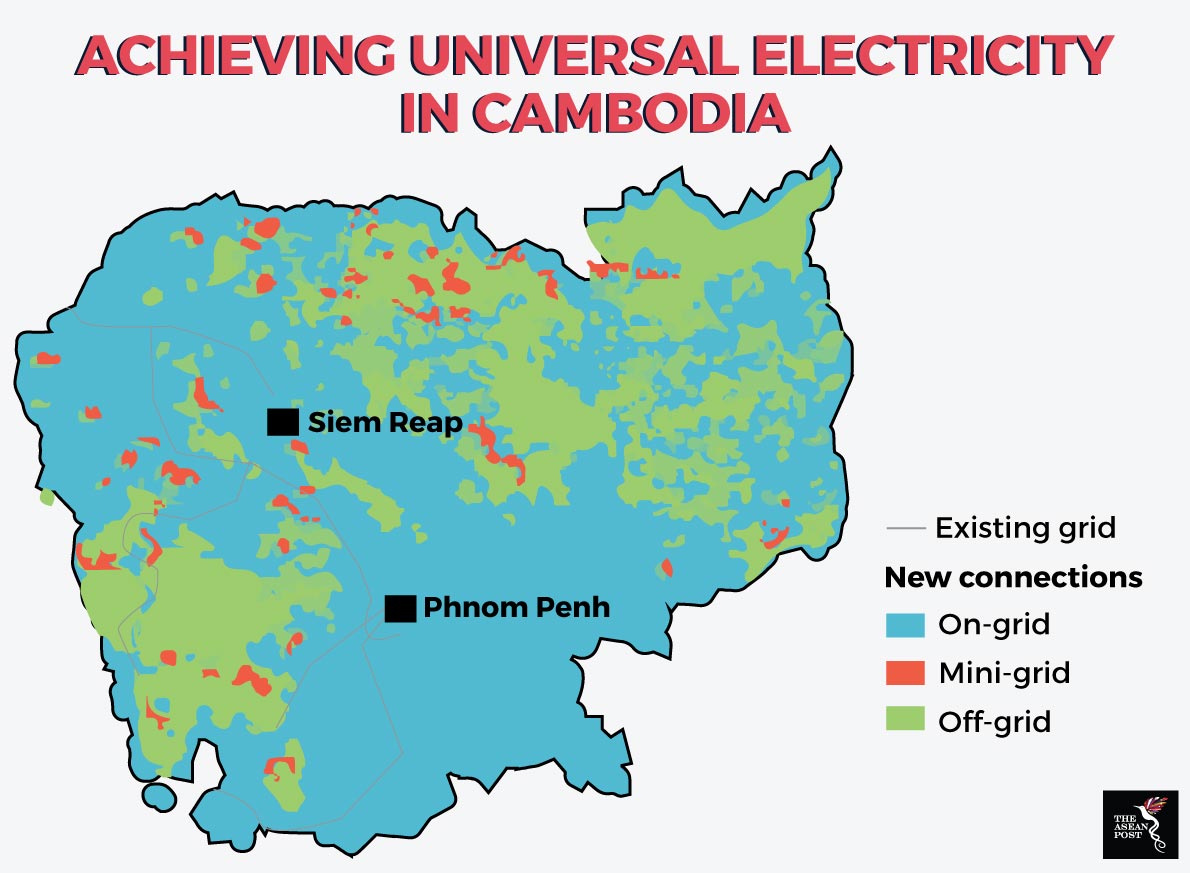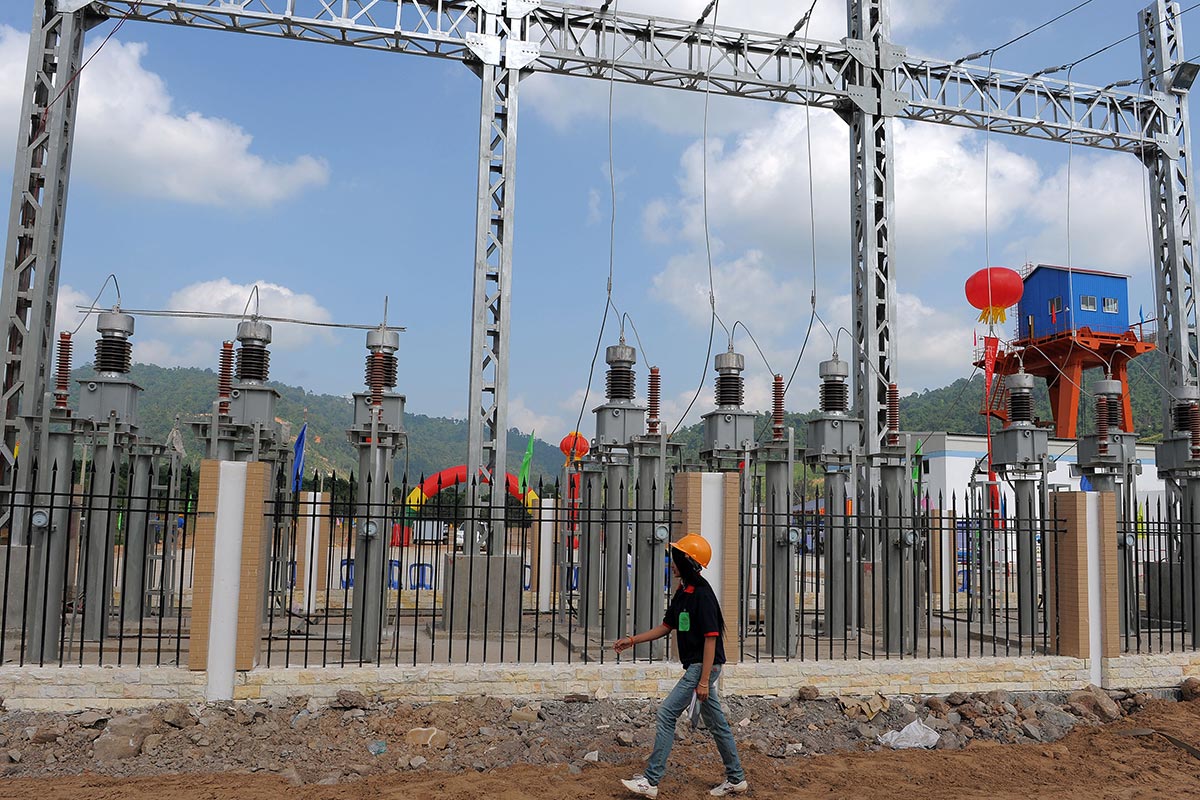One of the main goals of the ASEAN Plan of Action for Energy Cooperation 2016-2025 is ensuring that the citizens of ASEAN have accessibility to electricity. Over the past two decades, ASEAN countries have improved in leaps and bounds with regards to providing electricity for all their citizens. The electrification rate has risen 28 percent since 2000 and now 90 percent of Southeast Asia has access to electricity. However, Southeast Asia is a large and diverse body of nations; while some countries such as Singapore might have 100 percent access, others are worse off.
Countries like Indonesia, the Philippines, Myanmar and Cambodia have lower electrification rates compared to the rest of the region, with 95 percent of those without electricity in the region concentrated in these four countries.
In Southeast Asia as a whole, Cambodia has one of the lowest electrification rates. Currently, Cambodia’s electrification rate is just 60 percent, with only 62 percent of villages and 53 percent of households having access to grid quality electricity in the country.
While Cambodia has enjoyed strong economic growth over the last 20 years, a large portion of the population lives in rural areas and are in the low-income group. Currently, there is a large divide in Cambodia, whereby almost the whole urban population in Phnom Penh has access to electricity while only half of the rural population has ready access to electricity.

Source: ASEAN Centre for Energy
Currently, hydropower is the biggest source of electricity in Cambodia accounting for more than 40 percent of total generation. That figure could go higher in the future as there is still plenty of untapped hydro potential, especially in the lower Mekong area.
The Cambodian government has set 2020 as the year when the country achieves nationwide electricity access.
One of the problems that Cambodia has to overcome when providing electricity for its rural communities is the high prices of electricity tariffs. High installed capacity built in Phnom Penh has led to an uneven distribution of electricity and the accompanying costs. Phnom Penh consumes most of the electricity generated in the country but the cost is spread to smaller provinces as well, making it more expensive for rural communities.
To overcome this, the International Energy Agency (IEA) recommends extending grid networks to distribute electricity. Since rural communities in Cambodia are spread out across a wide area, grid extensions allow electricity to be distributed to a broad area while also integrating with existing smaller networks. The distribution of the grid also distributes the cost more evenly and fairly. Meanwhile, in areas that are off the grid, the government is implementing decentralised mini-grids and solar battery charging.
According to Cambodia’s Rural Electrification Master Plan, the total cost to provide all villages in the country with electricity is estimated to be US$427 million. The Cambodian government has set up a Rural Electrification Fund (REF) to ensure proper implementation of electricity infrastructure and to provide a sustainable supply of various types of energy at a reasonable price.
Cambodia has also received a considerable amount of aid to improve its electricity access. The Asian Development Bank has approved over US$2.86 billion in loans for Cambodia to improve its infrastructure. This has helped provide 40,000 rural households with electricity. The International Development Association and Global Environmental Facility have also provided financial support to the REF.
With the funding received, the REF has managed to carry out certain projects which have helped improve electricity access for the poor and rural communities. One of the projects called “Power to the Poor” provides poor households with an interest free US$100 soft-loan to pay for a grid connection.
Despite that, Cambodia’s ambitions are still restrained by its financial limitations. The country needs to develop its private sector to attract investments to support the building of more power infrastructures. Development and electricity access go hand in hand. If Cambodia wants to evolve into a developed country, it needs to provide rural communities with essential utilities such as electricity in order to encourage growth.
